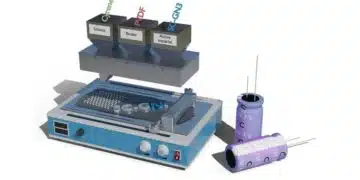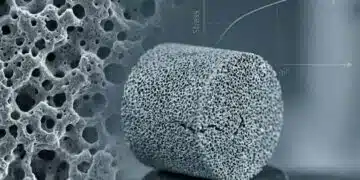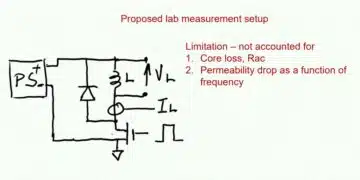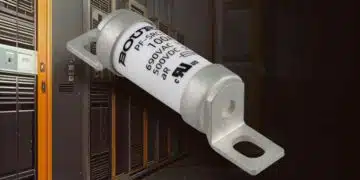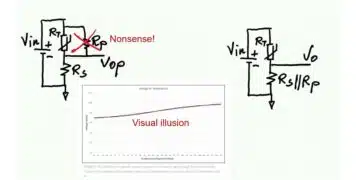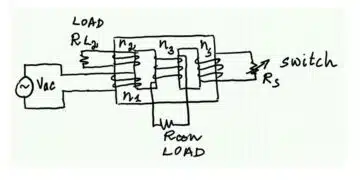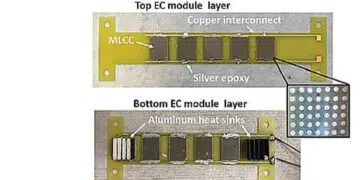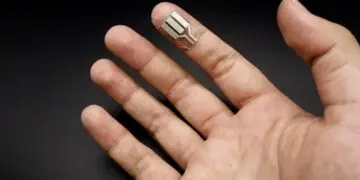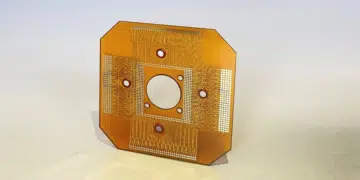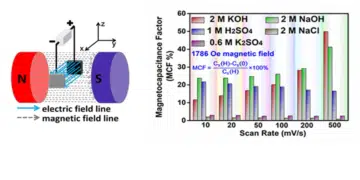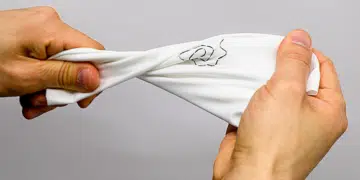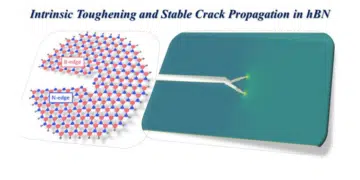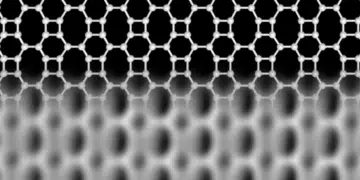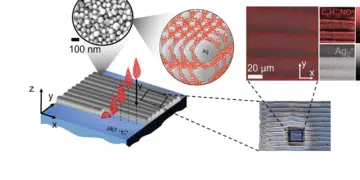New Technologies
MLCC Capacitors Show Potential as Electrocaloric Cooling Components
The use of air conditioners and electric fans using evaporative cooling techniques today already accounts for about a fifth of...
Read moreDetailsFinger Wrap Energy Harvester Can Power Small Electronics and Sensors
A new wearable device turns the touch of a finger into a source of power for small electronics and sensors....
Read moreDetailsNano Dimension Demonstrated 3D Printed High Density Interconnect PCB
The ongoing technological revolution continues to introduce more and more innovative design and production methodologies for manufacturing highly- efficient electronic...
Read moreDetailsResearchers Reveal Relationship Between Magnetic Field and Supercapacitors
Since energy storage devices are often used in a magnetic field environment, scientists have often explored how an external magnetic...
Read moreDetailsWi-Fi Powered Smart Clothes Will Monitor Your Health
Purdue University engineers have developed a method to transform existing cloth items into battery-free wearables resistant to laundry. These smart...
Read moreDetailsResearchers Demonstrated Toughest 2D Nanomaterial Ideal for Tear-Resistant Flexible Electronics
A team of scientists led by Nanyang Technological University (NTU Singapore) and Rice University in the US, has uncovered the...
Read moreDetailsEmbedding Capacitors into Interposers
Scientists at Tokyo Institute of Technology develop a 3D functional interposer -the interface between a chip and the package substrate--containing...
Read moreDetailsA New Form of Carbon with Metal-Like Conductivity
Not graphene: researchers in Germany and Finland discover new type of atomically thin carbon material with metallic properties that is...
Read moreDetailsMagnetic Graphene – Towards 2D Electronics and Magnets without Metals
For over a decade, graphene has been the most favourable 2D material for the transport of the spin information. However,...
Read moreDetailsStabiliser Residue in Inks Inhibits Conductivity in 3D Printed Electronics
Very thin layers of organic stabiliser residue in metal nanoparticle (MNP) inks are behind a loss of conductivity in 3D...
Read moreDetails

